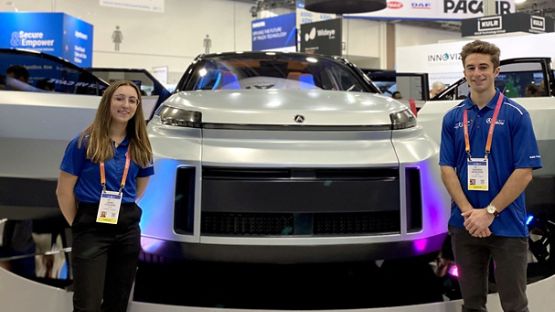FOR A CYCLIST, GETTING “DOORED” BY A CAR DOOR IS A VERY FRIGHTENING REALITY.
“Dooring” is a type of collision when a driver or passenger in a parked car opens a door into the path of a cyclist. Dooring incidents can seriously injure or even kill cyclists. The Dutch Reach is a technique just second nature to Dutch drivers - it’s a practice they’ve been using for over 40 years.
In 2016, the Dutch Reach Project was created after a 27-year-old nursing student in Inman Square, Cambridge, Massachusetts rode into an open car door and died. According to the Dutch Reach Project, her death followed several other cyclist fatalities in the area.
The Dutch Reach is a method of opening a car door with the hand furthest from the handle. In Canada, this would be the driver's right hand. This means that drivers are forced to turn their body towards the door, allowing them the opportunity to look over their shoulder to check their blind spot and look for anything that is approaching towards them before opening the door.
Let’s take the ‘Dutch Reach’ global.
The Dutch Reach has started to get some traction in Canada. More and more Canadians are adopting this simple and valuable lifesaving technique. Learn how to do the Dutch Reach, by checking out this video by Ontario’s Peel Regional Police.
The Dutch Reach is such a simple technique, if everyone learned it, it could make a real difference to safety on our roads.
Aviva is pleased to share this simple, yet innovative technique in the hopes that people around the world will become familiar with the Dutch Reach and start implementing it to ensure cyclist safety.













